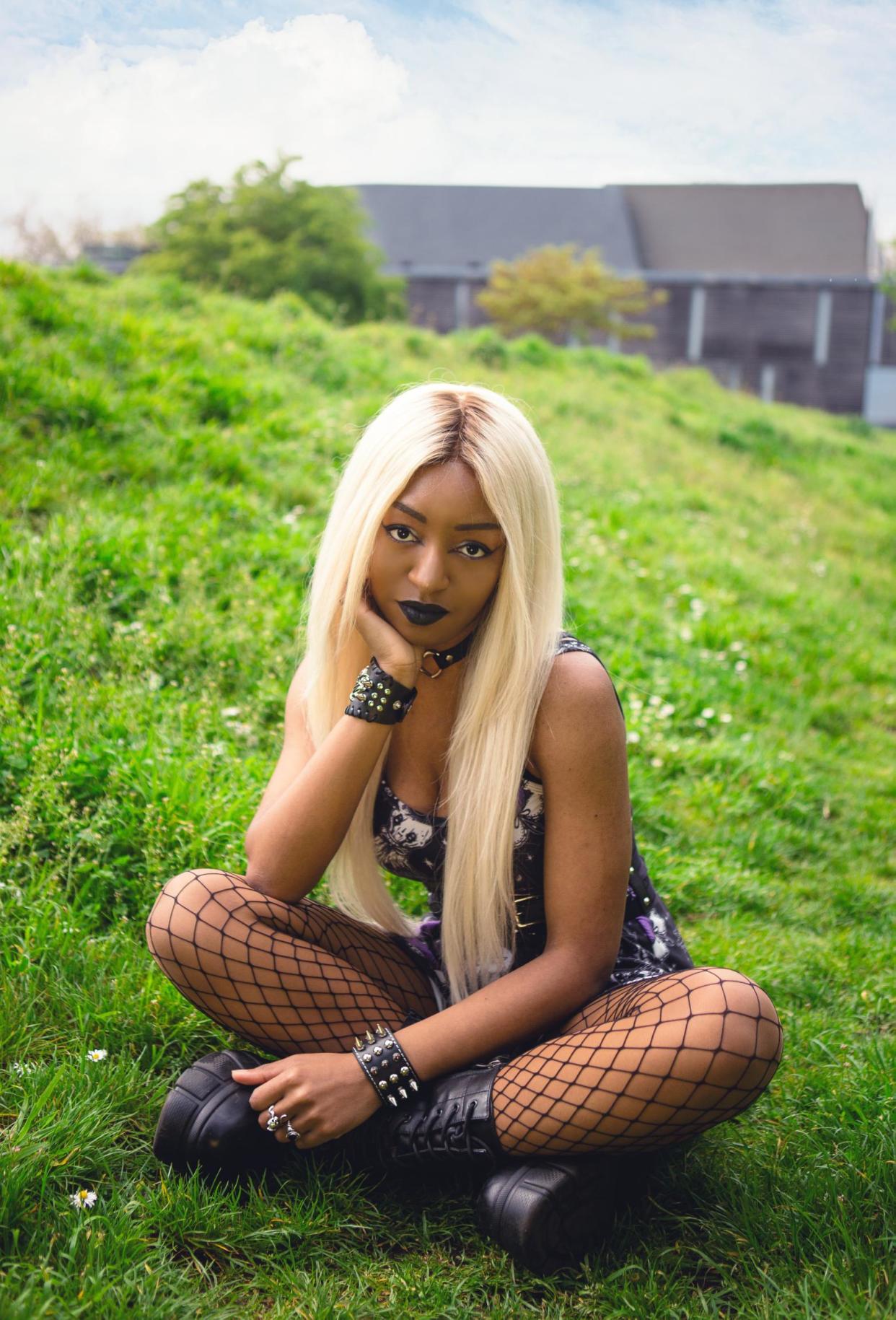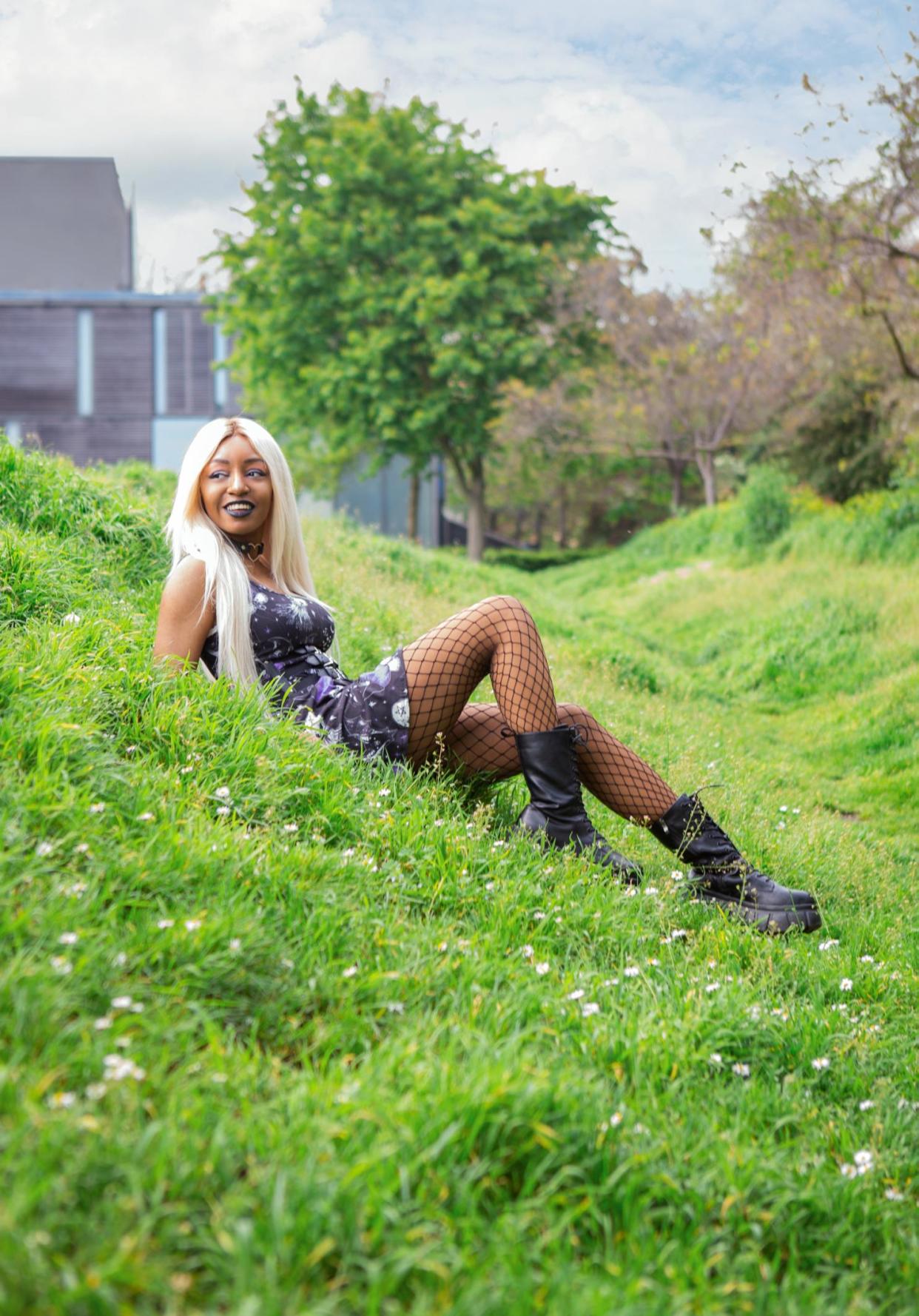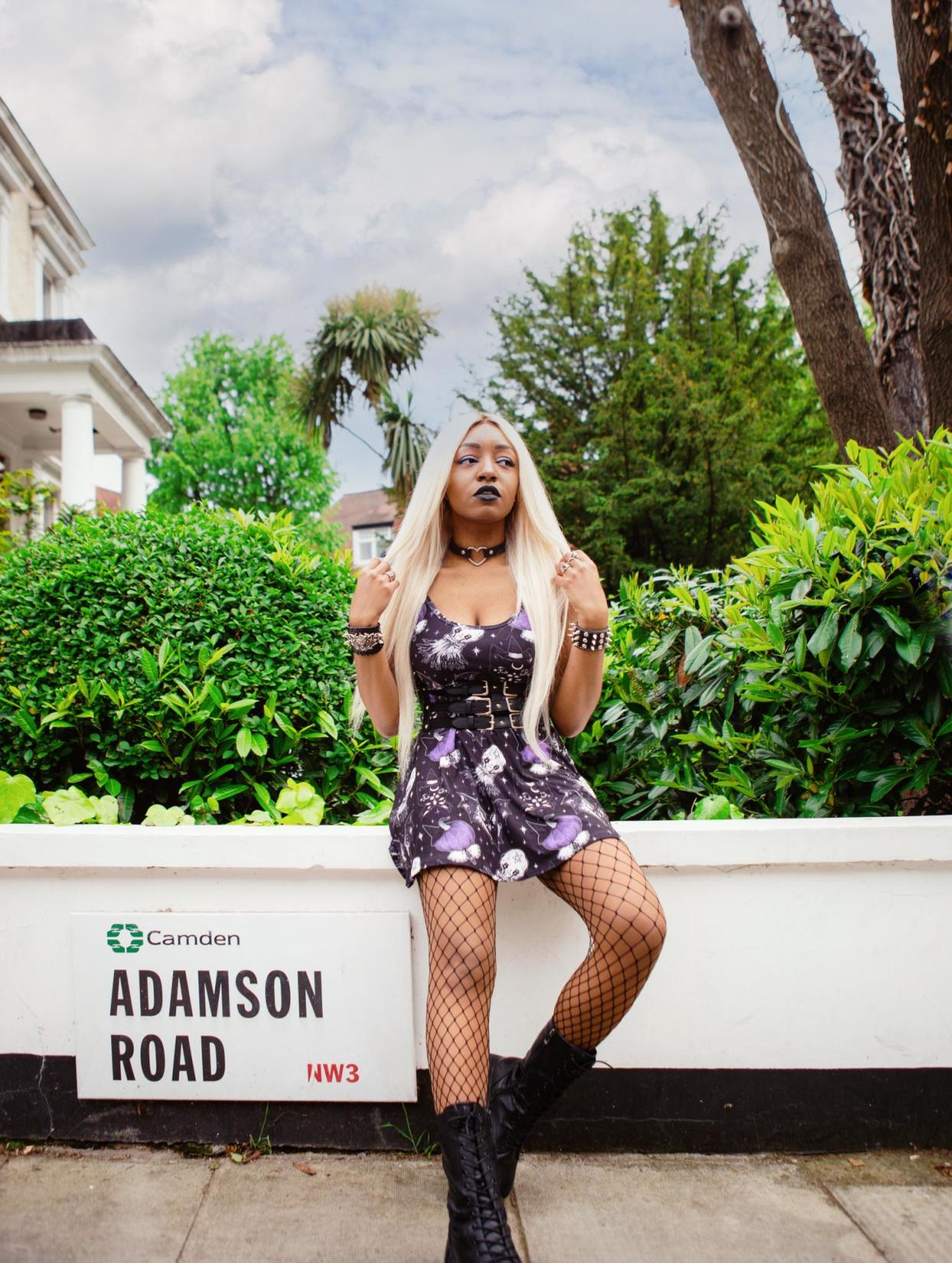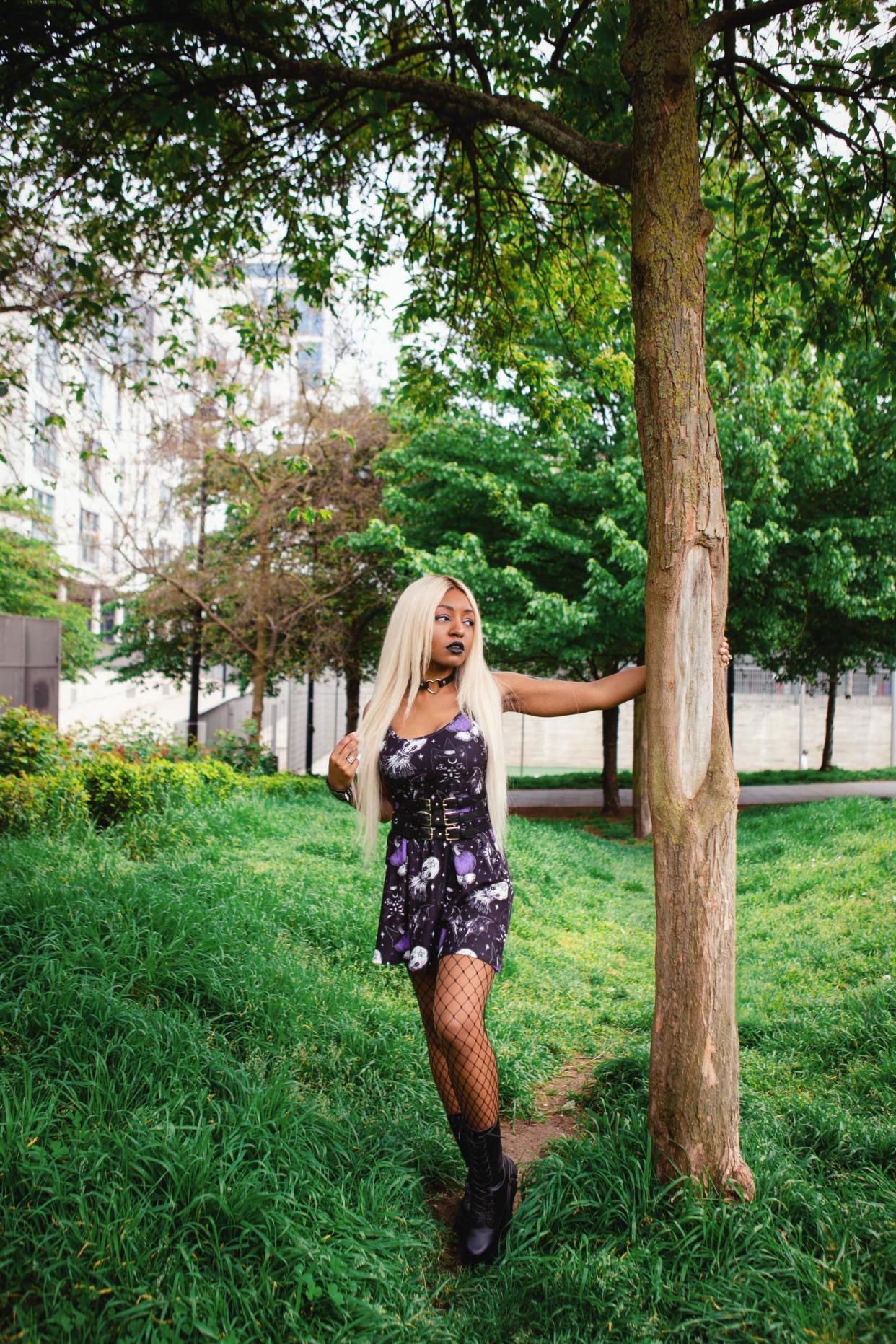Pride profile: I will be the first asexual grand marshal at NYC’s Pride March
A model and activist from the UK has said she is hoping to make a “really great statement” and help more Pride events “to be blatantly inclusive” as the first asexual grand marshal at New York City’s Pride March.
The march takes place on June 25 and Yasmin Benoit, 26, from Reading, aims to help more asexual people feel as though they are part of the LGBT+ community.
“The grand marshals get to open Pride, we pretty much get to sit on the back of a convertible and wave our way around the route,” Ms Benoit told the PA news agency.

“You’re leading the procession, you’re opening it, and for them to intentionally choose an asexual activist to do that at a time where people are still debating whether asexual people should be at Pride, I think is very powerful.
“I’m going to make a really great statement and hopefully set the motions in gear for more prides to be blatantly inclusive.”
– What is asexuality and when did you ‘come out’?
Ms Benoit described asexuality as “experiencing little-to-no sexual attraction towards anyone, regardless of their gender”.
“I realised I was asexual when everyone realised they weren’t, so pretty much early puberty,” she said.
“The main thing that was kind of confusing was that all the information seemed to exist on one corner of the internet and all seemed to be coming from pink-haired teenagers on Tumblr.

“I was thinking: if this is a legitimate orientation, then why isn’t it in schools, why isn’t it on TV, why is it just these British and American teenagers talking about it? It seemed a little suspicious.
“I tried to identify as it but nobody believed me because they’re not really used to seeing black asexual people… and so I kind of went back into the closet and didn’t really use (asexuality) or identify with the community that much.”
While modelling, she decided to use her platform to raise awareness of asexuality.
“And then people started believing me… and that was how I successfully came out (in 2017).”
– What are some of the misconceptions about asexuality?
Ms Benoit said one misconception is that asexuality is “some new Gen Z thing that was made up on the internet and it’s just for kids that want to feel special”.
She added: “[This] isn’t true.

“I’ve heard a lot of other strange things, like it’s some kind of physical disorder or personality disorder, or you think you’re too good for anybody, or you’re a prude.”
To help dispel these assumptions, she started the campaign #ThisIsWhatAsexualLooksLike in 2019.
“I started the (campaign) because my whole life, people told me that I didn’t look asexual and thus they did not believe I was asexual,” she said.
“When I started working with the media, there was a kind of preference in terms of how it was represented and I felt it was just kind of reinforcing stereotypes, so I wanted to do a campaign so that asexual people could represent themselves.
“Just by typing that in, you can see more diversity that exists within the community that just isn’t seen as often.”
Ms Benoit is on the board of the Asexual Visibility and Education Network and co-created International Asexuality Day, which falls on April 6.
– Have you faced any online abuse since coming out?
“It’s something I encountered early on in my activism – I’m a pretty easy target as someone who’s quite public,” she said.
“Plus if the person happened to not just be discriminatory towards someone’s sexual orientation, but they were also sexist and racist, then I’m a particularly easy target.”

She added that she often gets comments on her choice of clothing and “sort of thought that as a society we were beyond being like, ‘hey, if you’re wearing this, that means that you want sex'”.
On June 25, she will literally fly the flag for those who are asexual by having the asexuality flag “blowing in the wind” as she rides through New York.
– How can people be an ally to those in the LGBT+ community?
Ms Benoit said there needs to be a continued conscious effort to expand the conversation about the LGBT+ community beyond the groups that are more well-known.
“I feel like the best way to be an ally is to look a little deeper and just try and learn more about the different orientations that are the ones that people take for granted,” she said.

“I always say if you’re discussing sexuality and asexuality isn’t included, then you’re really getting half the story.
“You’re not getting the full scope of human sexuality if you’re not being inclusive and so there’s a huge gap in your knowledge of queerness as well.”


